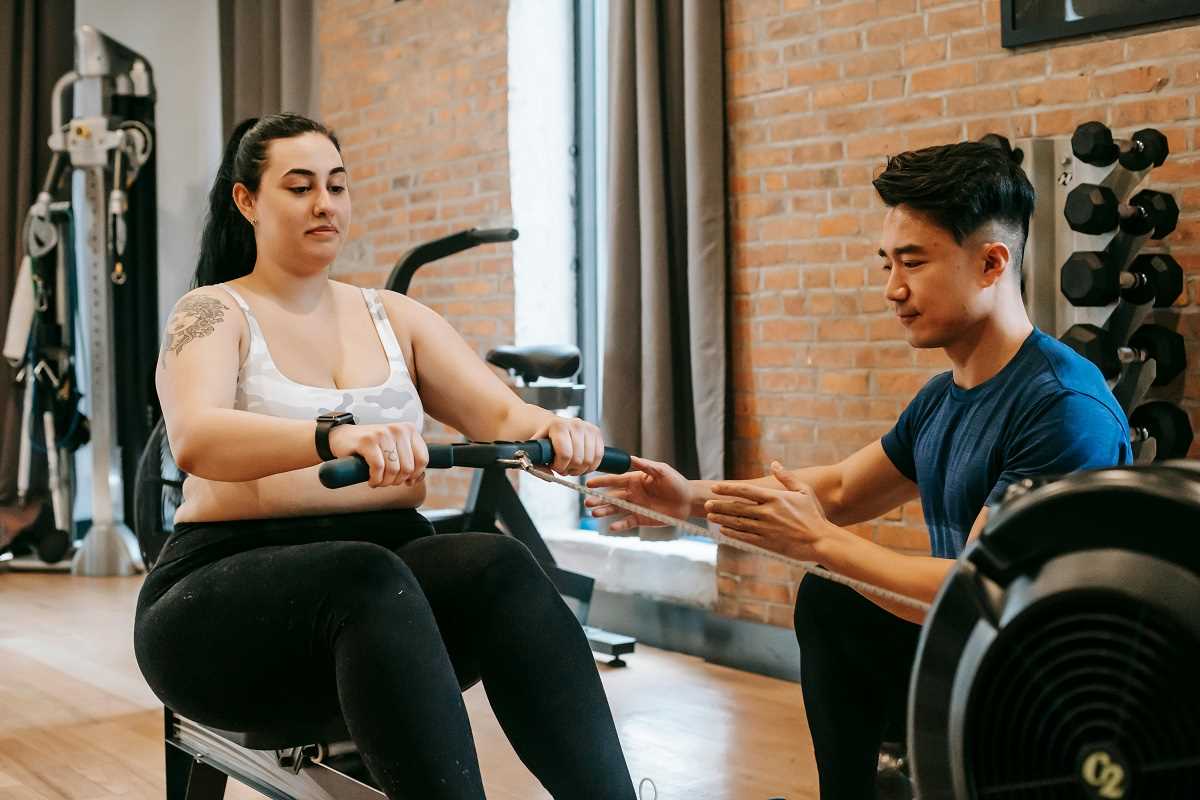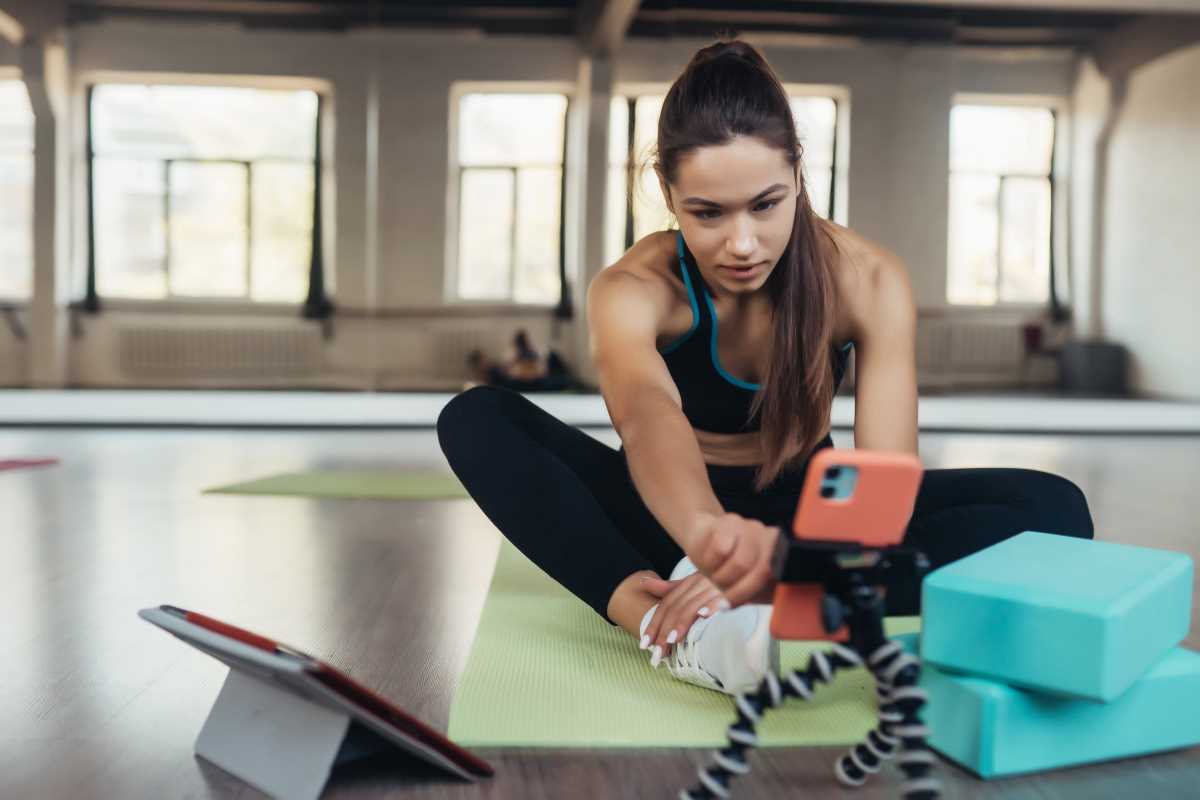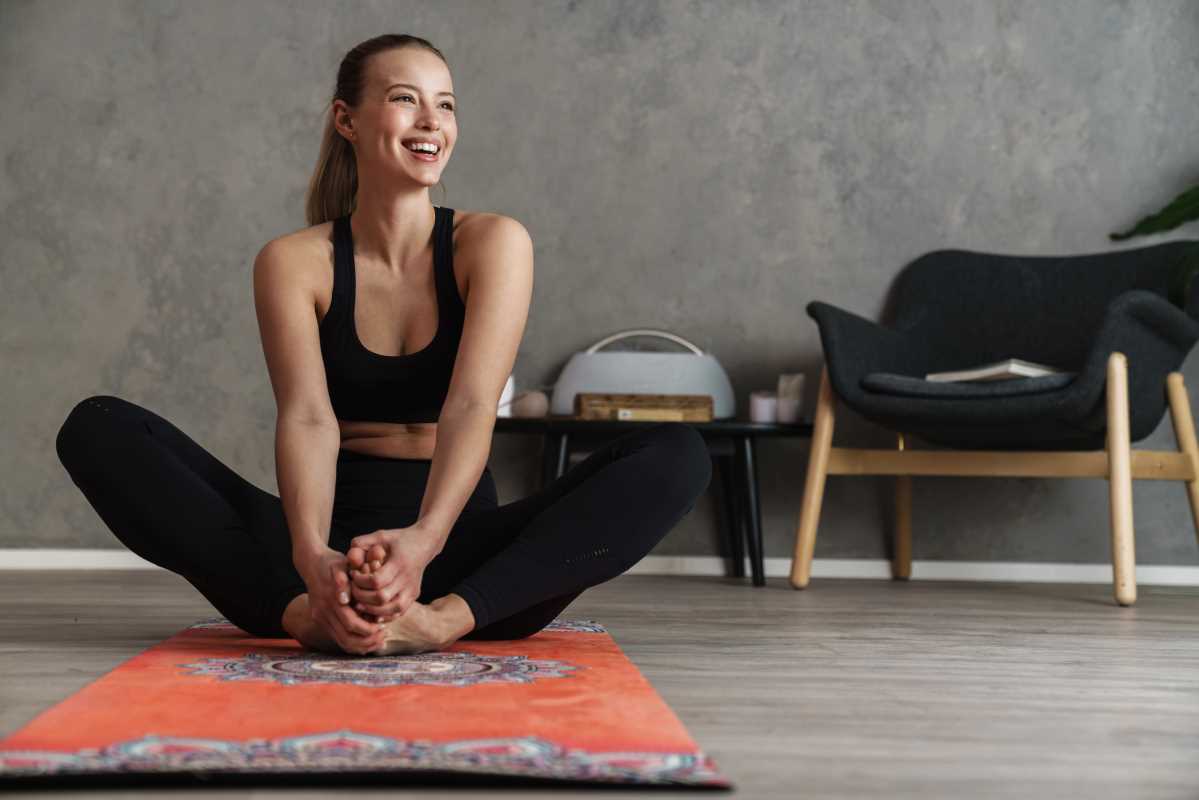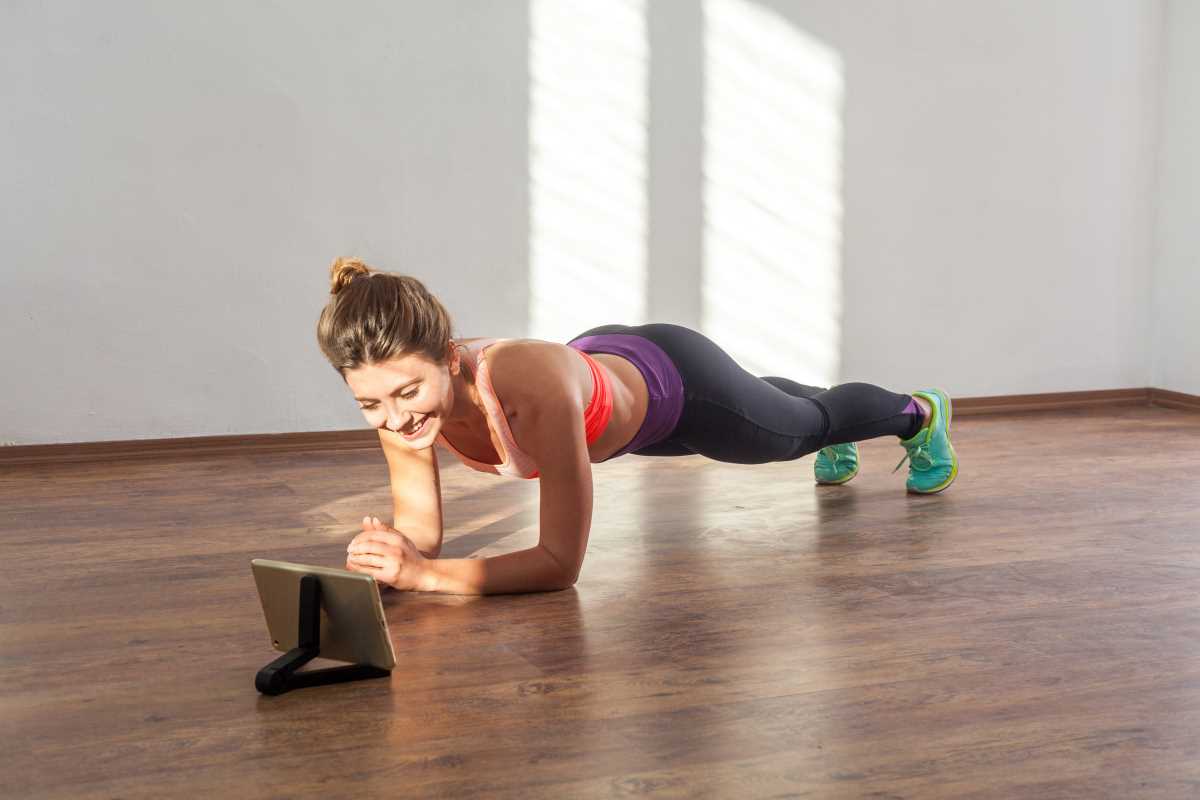You’ve probably heard your coach say, “Don’t forget to stretch” before or after practice. Sounds simple enough, right? But have you ever stopped to wonder why they emphasize it so much? Sure, flexibility might seem like an afterthought compared to weightlifting sessions or hours spent perfecting your craft, but it plays a much bigger role in athletic performance than you might think. Whether you’re sprinting down a basketball court or tackling your next opponent on the field, flexibility can quietly make or break your game.
If you’ve never given much thought to flexibility beyond touching your toes during warm-ups, don’t sweat it. We’re about to dig into why flexibility matters, how it impacts athletic performance, and—most importantly—how you can work on improving it for an edge on and off the field.
What Is Flexibility, Really?
We all have that one overly bendy friend who can sit in crazy yoga poses like it’s no big deal. While that might look like the definition of flexibility, being “flexible” isn’t just about how far you can stretch or how low you can go in a split. At its core, flexibility refers to the range of motion (ROM) around a joint, and it’s determined by factors like muscle length, joint health, and even your nervous system.
Think of your body like a machine with joints acting as its hinges. When those hinges can move through their full range without restriction, you’ve got flexibility. But if your muscles are tight or your joints are stiff, you’re not performing at your peak.
There are two key types of flexibility you should know about:
- Static Flexibility refers to how far your muscles can be extended when you’re not moving—think holding a stretch in place.
- Dynamic Flexibility is your ability to move a joint through its full range of motion while in motion. It’s crucial in sports where you’re constantly moving, cutting, jumping, or twisting.
Both types play an important role in athletic performance, and focusing on just one means you could be leaving potential on the table.
Why Flexibility Matters to Athletes
It’s easy to brush off stretching because it seems minor compared to running drills or lifting heavy weights, but flexibility serves as the foundation for movement. And when movement is smoother and more efficient, athletic performance inevitably improves. Here’s why flexibility is such a game-changer:
1. It Reduces Your Risk of Injuries
Ever heard of someone tearing a hamstring or pulling a muscle sprinting? Nine times out of ten, this happens because the muscle wasn’t flexible enough to handle the strain. When your muscles and joints don’t have the range of motion needed for your sport, they’re more likely to overextend or tear. Improving flexibility ensures those muscles are ready to move in any direction and withstand whatever your game (or practice) throws at them.
2. It Boosts Your Power and Speed
You might not think stretching could make you faster, but flexibility is directly tied to how efficiently your muscles can work. For example, the hip flexors play a critical role in sprinting—tight hips reduce stride length, which directly affects your speed. By improving flexibility, your muscles work in harmony, and you get maximum explosiveness from every movement.
3. It Enhances Skill Execution
Flexibility doesn’t just improve how you move—it enhances your entire technique. Basketball players rely on it for smooth jump shots, football players need it for sharp cuts, and swimmers depend on it for long, powerful strides. No matter your sport, flexibility ensures you can execute skills with proper form and control.
4. It Speeds Up Recovery
Ever wonder why some of your teammates seem to bounce back faster after tough games or intense gym sessions? Flexibility plays a role in muscle recovery. Stretching increases blood flow to your muscles and helps flush out waste products like lactic acid, reducing post-workout soreness and getting you game-ready faster.
5. It Improves Mobility and Balance
You’ve probably noticed that most top athletes have incredible balance and agility. That’s not just natural talent—it’s partly due to flexibility. When your muscles and joints are free to move without restriction, you maintain better control over your body, especially in high-pressure situations that require quick adjustments.
The Hidden Impact of Poor Flexibility
What happens when flexibility gets ignored? Here’s the side of the equation many athletes miss. Tight muscles and stiff joints may not cause problems immediately, but over time, they can lead to chronic injuries, pain, and even decreased performance.
For example, tight hamstrings can alter your posture, leading to lower back pain. If your shoulders lack mobility, you’ll struggle to generate full power in overhead sports like volleyball or pitching in baseball. Poor flexibility also contributes to imbalances where one side of your body compensates for the other—causing inefficiencies and increasing the risk of injuries. Don’t underestimate how interconnected your body is; flexibility (or a lack thereof) can have a domino effect on other areas.
How to Improve Your Flexibility (Without Feeling Like a Contortionist)
Improving flexibility isn’t about suddenly becoming a yoga master—it’s about consistent, targeted effort. Here’s how you can make flexibility training work for you:
1. Warm Up with Dynamic Stretches
Gone are the days when coaches had everyone hold static stretches before practice. Today, it’s all about dynamic stretching to prepare your muscles for movement. These active stretches take your muscles through their full range of motion and mimic the movements you’ll be doing in your sport. Think walking lunges, high knees, leg swings, or arm circles.
2. Cool Down with Static Stretching
While you shouldn’t hold static stretches before you play, they’re perfect for cooling down after. Post-game or post-workout stretches help lengthen muscles that have been contracting, speeding up recovery. Hold each stretch for at least 20–30 seconds to really feel the benefits.
3. Focus on Tight Areas
Identify the muscles that feel the tightest after practice—your hip flexors, hamstrings, shoulders, or calves are likely culprits. Spend extra time stretching and mobilizing these problem areas so they don’t limit your performance on the field or in the gym.
4. Try Foam Rolling
Foam rolling is like giving your muscles a deep tissue massage. Rolling over tight muscles releases tension, improves blood flow, and even increases joint range of motion. Spend 1–2 minutes on each major muscle group before or after workouts for a noticeable difference in your flexibility.
5. Add Mobility Drills to Your Routine
Mobility drills are the perfect mix of stretching and strength. These exercises reinforce movement patterns while improving flexibility and stability. Try movements like the world’s greatest stretch, frog pose for hip flexibility, or shoulder pass-throughs for upper body mobility.
6. Be Consistent
Rome wasn’t built in a day, and neither are flexible, free-moving joints. Make flexibility training part of your daily or weekly routine—not just something you remember once a month. Even 10–15 minutes a day can lead to significant improvements over time.
Finding the Balance Between Strength and Flexibility
While flexibility is critical, don’t forget about strength—it’s a balancing act. Being overly flexible without the muscular strength to control those ranges can make you more prone to injuries. That’s why the best athletes pair flexibility work with strength training to create powerful, well-rounded movements.
For example, a baseball player with mobile shoulders also needs strong rotator cuff muscles to stabilize their arm during a fast pitch. Similarly, a soccer player with loose hip flexors should develop strength in their glutes for explosive kicks and sprints. The combination of flexibility and strength is what sets great athletes apart from the average players.
Flexibility might not be the flashiest aspect of training, but it’s undeniably one of the most important. It’s the quiet MVP that enables you to move faster, recover quicker, and play harder—all while keeping injuries at bay. Whether you’re dunking on the court, smashing your PR in the gym, or sprinting to the finish line, don’t overlook the role flexibility plays in your success.
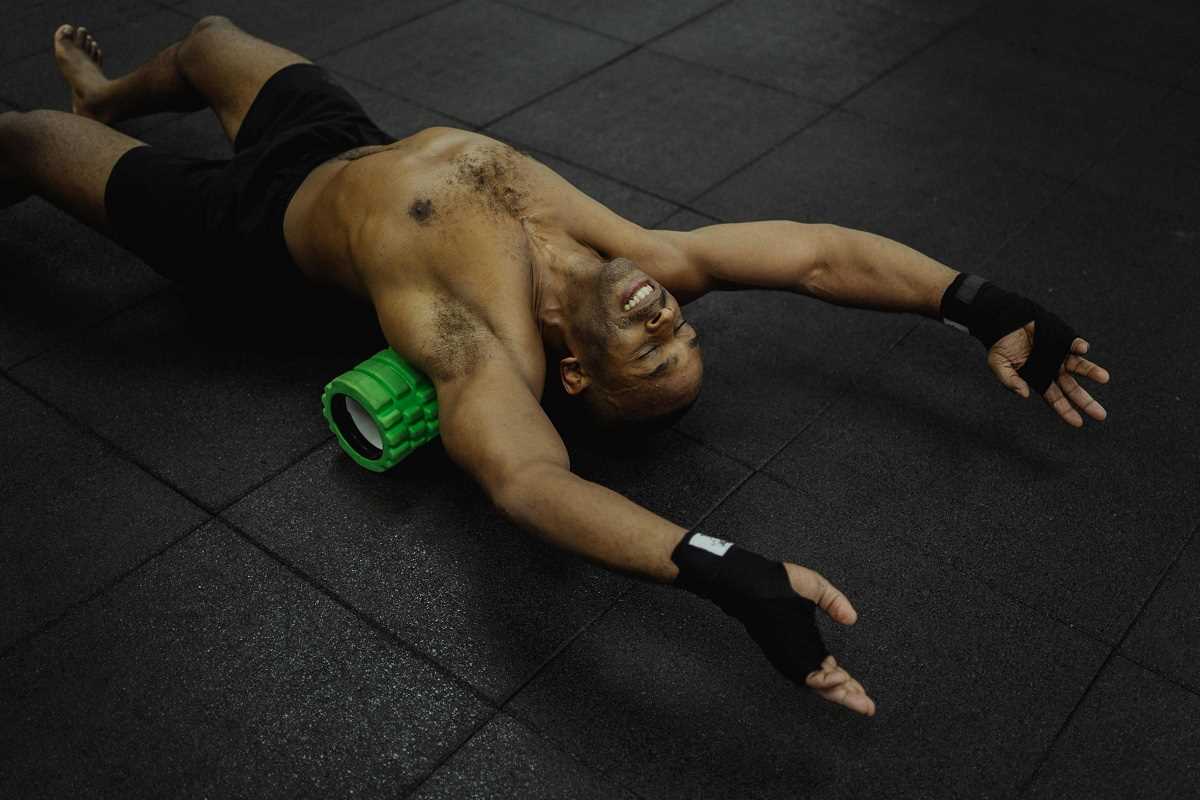 (Image via
(Image via
